Premium Only Content
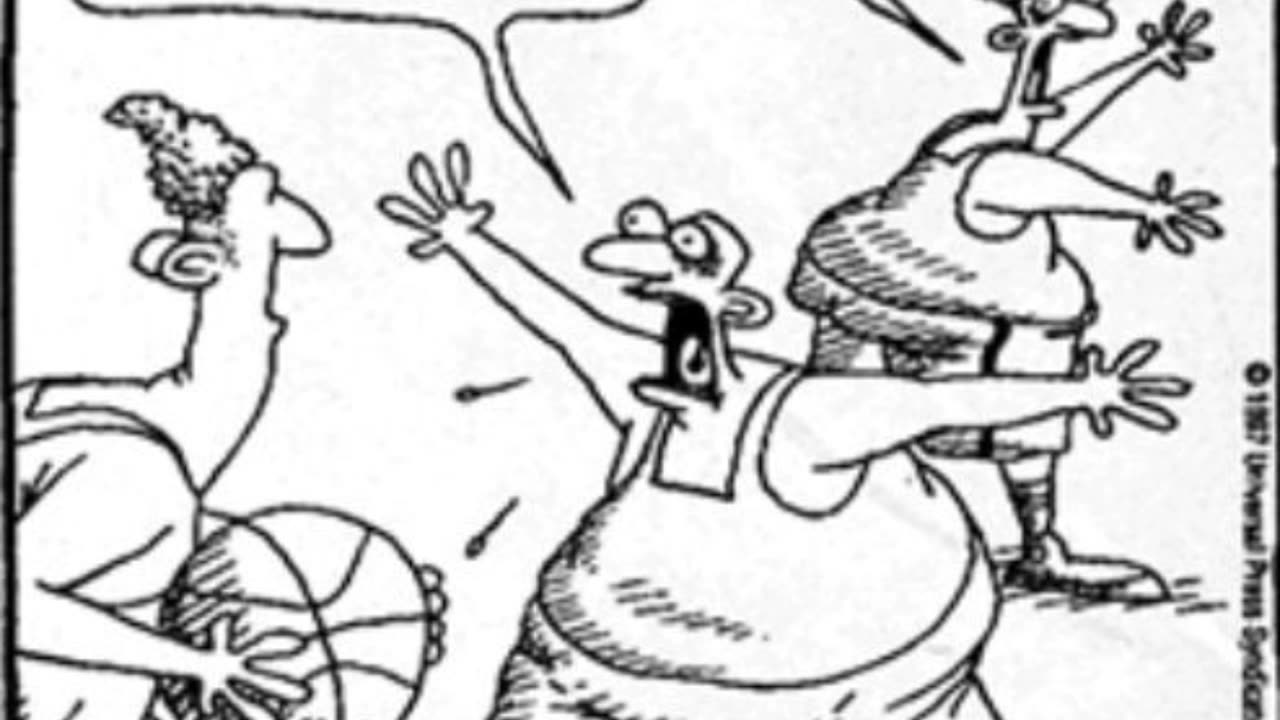
Why One Year of College Can Break or Make an NBA Career
#OneAndDone #PlayerDevelopment #NBADraft #CollegeBasketball #GLeague #BasketballDevelopment #DraftProspects #HoopsAnalysis #BasketballTruths #FromCampusToNBA #AthleteGrowth #ScoutingReport #YouthBasketball #SportsDebate #RoadToTheNBA #nba
The one-and-done rule: the elegant NCAA workaround that politely asks elite basketball prospects to spend one year pretending to be college students before they sprint toward the NBA draft like kids released from academic purgatory. Critics call it exploitation, purists call it sacrilege, and scouts call it "due diligence." Meanwhile, universities profit from the spotlight, players profit from exposure, and fans profit from highlight reels that make three semesters of real coursework look optional.
Proponents insist the rule sharpens talent, one year of college coaching, strength programs, and life lessons should transform a raw teenager into a draft-ready professional. In reality, that transformation is often a polishing of existing shine: coaches teach spacing and pick-and-roll IQ, trainers tweak physiques, and nutritionists hand out kale like enchanted confetti. For many players the real development happens in summer leagues and private workouts, which is to say the collegiate season is sometimes more runway show than vocational training.
On the flip side, player development suffers when the season becomes a showcase instead of a classroom. Teams design offenses around a single star’s draft highlights; minutes are rationed like avocado toast at a hip brunch. Younger teammates who need reps and coaching get relegated to the bench, while fleeting NCAA fame teaches players how to perform for scouts rather than how to become dependable pros. Long-term growth, the kind that survives injuries and contract negotiations, is often sacrificed for a thirty-second clip that trends on social media.
There’s also the human element: players are teenagers and twenty-somethings, not factory settings where talent enters as raw ore and leaves as refined metal after 30 college games. A rushed path to the pros can stunt emotional maturity, financial literacy, and basketball fundamentals that only grind and repetition produce. Conversely, some players flourish under pressure and exposure; there’s no one-size-fits-all script, just a chaotic buffet of outcomes where the lucky and the well-advised eat the best slices.
If the goal is genuine development, solutions ought to be practical, not performative: better pathways through the G League, improved rookie education, and smarter incentives for colleges to actually develop role players rather than rent stars. Until then, the one-and-done era keeps churning out spectacular athletes who sometimes arrive at the NBA polished, sometimes porous, and always spectacularly marketable. Call it progress, call it pandering, the scoreboard will keep telling the story, and highlight packages will keep doing the heavy lifting.
-
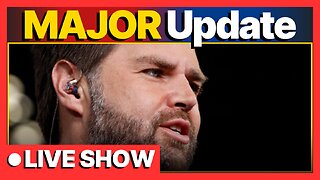 1:25:51
1:25:51
DeVory Darkins
3 hours agoDemocrats caught in corruption scheme as JD Vance issues MAJOR UPDATE
113K54 -
 1:48:48
1:48:48
MattMorseTV
4 hours ago $28.34 earned🔴Sedition Charges INBOUND.🔴WH Press Conference.🔴
36.9K111 -
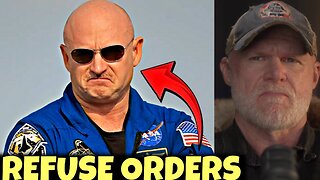 9:06
9:06
Jamesons Travels
20 hours ago $1.89 earnedMilitary Veterans in Congress Tell Troops to Refuse Trump's Orders
6.67K32 -
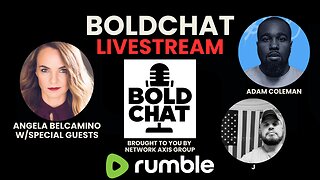 LIVE
LIVE
The Bold Lib
1 hour agoBOLDCHAT: Unemployment | AI | Birth Rates w/ANGELA BELCAMINO
61 watching -
 20:34
20:34
ArynneWexler
6 hours agoNew Poll: Women Are Done With America | NN8
3.75K17 -
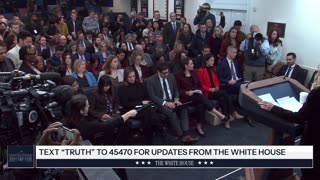 59:30
59:30
The White House
4 hours agoPress Secretary Karoline Leavitt Briefs Members of the Media, Nov. 20, 2025
38.2K28 -
 2:06:37
2:06:37
Steven Crowder
7 hours agoJasmine Crockett's Epstein Idiocy & the Absolute State of the Democrat Party
513K346 -
 33:37
33:37
The Boomer Effect
17 hours agoBeyond Convenience: The Tyranny Behind Digital IDs
8.22K1 -
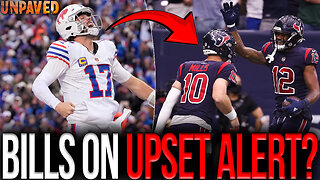 1:15:39
1:15:39
Sean Unpaved
4 hours agoAre Josh Allen & Bills On UPSET ALERT vs. Texans? | UNPAVED
30.3K -
 2:06:44
2:06:44
Side Scrollers Podcast
5 hours agoRoblox Kids TRANS Game + Pokimane ROASTED AGAIN + More | Side Scrollers
38.5K9